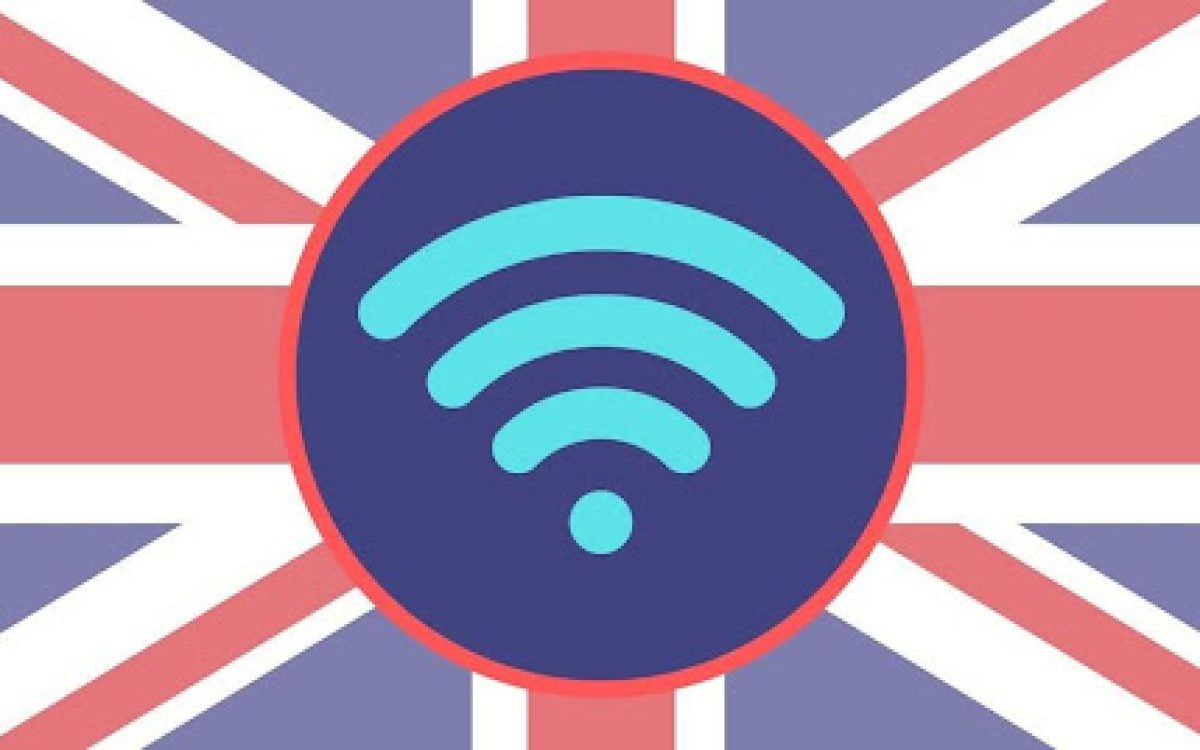Table of Contents
- Introduction
- Importance of High-Speed Internet
- Challenges in Rural UK
- The Digital Divide: A Rural Challenge
- Disparities in Broadband Speeds
- Impact on Economic Growth, Education, and Healthcare
- Introduction of Project Gigabit
- Objectives of Project Gigabit
- Funding and Strategy
- How Project Gigabit Works
- Government Funding
- Public-Private Partnerships
- Rural-Focused Rollout
- Rural Gigabit Voucher Scheme
- Benefits That Accrue to Rural UK
- Increased Economic Opportunities
- Increased Accessibility to Education
- Improved Health Services
- Stronger Communities and Social Inclusion
- Environmental Benefits
- The Road Ahead
- Challenges in Implementation
- Potential Impact on the Digital Divide
- Conclusion
- Vision for a Brighter Future for Rural UK
- Long-Term Benefits and Opportunities
This day and age, high-speed internet has just become quite an important necessity in daily activities that concern personal and business concerns. No longer a luxury, it is now one of the crucial infrastructures driving education, work, and healthcare, and even social connections. However, access to high-speed internet has been an uphill battle in the rural parts of the United Kingdom. This makes the difference in broadband speed so great between many rural and urban areas, at times leading to serious injustices in access to opportunities.
This is why, under the plan to make gigabit-speed internet more available even through the most remote parts, the UK has started the Project Gigabit. The following article will consider what Project Gigabit is, why it matters, and how it will shape the future for Rural UK.
The Digital Divide: A Rural Challenge

It needs to be put into context: Project Gigabit was set against a background of severe disparities in UK countryside broadband for many years.
According to a report from Ofcom last year, while urban areas can boast of average broadband speeds as high as 90 Mbps, many rural communities are stuck with below 10 Mbps; some even with no broadband access. Fairly, this is considered the big problem for residents who live in remote parts of the country, limiting their ways of taking advantage of modern digital services.
Poor or slow-internet connectivity keeps back business enterprise growth, particularly the small ones, innovates little, and creates less competitiveness. Similarly, rural schools and colleges face problems in offering online quality education; health care services also cannot offer services related to telemedicine or digital appointments. In short, a lack of fast and reliable broadband is creating a gap in opportunities between rural and urban communities.
Introduction of Project Gigabit
The UK government responded to these challenges with Project Gigabit, part of the wider initiative to upgrade the country’s digital infrastructure, which began in 2021.
The project’s objective, though pretty simple, is to have gigabit-capable broadband served across all parts of the UK by 2030. Gigabit-capable broadband simply means internet connections at a minimum speed of 1,000 Mbps; such would be necessary in keeping pace with the growing demands of high-quality digital services like video conferencing, online learning, and the general ecosystem of the Internet of Things.
This £5 billion funding under the Project Gigabit will extend the country’s coverage to many of the most rural parts beyond the reach that private sector broadband builders consider, and will be merged with funding from the government, with public-private partnerships and the investments of the ISPs themselves to upgrade and build broadband networks through the country. It’s not necessarily about speed, per se, but is about reliability and fairly pricing.
The new rules would also ensure that rural communities, previously neglected in putting up internet infrastructure, access modern broadband services to support the digital needs of these residents. To the people who had lived in the rural settings, this meant services like telemedicine, an opportunity to work out of the office, or tapping into the gig economy currently growing.
How Project Gigabit Works
Project Gigabit is complex and provides financing in a multilayered way, combined with ISPs and government-backed contracts. The key elements involved in the project are:
- Government Funding
This is underpinned by £5 billion of funding from the UK government, the main sum for subsidizing the rollout of gigabit-capable networks in rural and underserved areas. The funding would focus mainly on areas unlikely to receive sufficient coverage from commercial providers so that nobody gets left behind in the digital age.
The money will be utilized for the building of new infrastructure, upgrading existing networks, and providing financial incentives to encourage private providers to expand into the most remote areas. - Public-Private Partnerships
One of the defining features of Project Gigathon has to do with a joined initiative between the government and private internet service providers. Marshaling the experience, infrastructure, and resource capacity of the private sector will also enable the government to accelerate the process of building gigabit broadband but will ensure it is delivered in the most effective and least costly way possible.
On the other end, ISPs can easily expand to newer networks and probably attract new rural customers. - Rural Focused Rollout
The project is designed in such a way that more attention would be given to an area that needs it more. To this effect, rural and other out-of-the-way areas-where any infrastructure of broadband either does not exist or exists in highly outdated form-are given first preference. That decision-making process makes sure locals are included, along with rural communities, amidst the rollout of this program necessary to address the particular exigencies and challenges each separately faces. - Rural Gigabit Voucher Scheme
It does this through one of the innovative components of Project Gigabit: the Rural Gigabit Voucher Scheme, which provides vouchers toward eligible households and businesses in the most rural areas. They provide underpinning for installing gigabit-capable broadband that matches the government’s infrastructure build for more private investment. These would serve a purpose: they could be redeemed, even used by residents or businesses in one or various localities to subsidize costs on installers, or be redeemed to lower the total outlay required from those houses or businesses in hard-to-reach areas.
Benefits that Accrue to Rural UK
Successfully executed, Project Gigabit can realize a number of benefits related to digital requirements for the usually bereft rural communities. Some of the most important advantages include:
- Increased Economic Opportunities
Faster and more reliable broadband will create new economic opportunities for rural businesses. At gigabit speeds, rural firms will be able to make use of cloud-based services, collaborate remotely with clients and partners, and find new customers.
In fact, the availability of high-speed internet will finally make it possible for businesses to pursue digital transformation—without which competitiveness in today’s economy is sacrificed.
With greater speeds, for example, it allows people to access better and more remote employment opportunities. It could, in fact, alleviate the decade-long issue of rural depopulation because people would no longer have to up and leave their communities to find well-paying employment that could be done from anywhere in the country.
More small businesses, especially those where fast and reliable internet connections are crucial to the essential function of the business—especially in sectors such as e-commerce—will heavily rely on better broadband. - Increased Accessibility to Education
While education has increasingly gone online, the COVID-19 pandemic accelerated those shifts. The poor or unreliable broadband was fingered as a major obstacle in availing online learning resources or remotely attending these classes with regard to rural students.
This will ensure that the extended use of high-speed broadband by Project Gigabit bridges those deficiencies in a way that the equal opportunities available for children in rural backgrounds compared to their urban counterparts necessarily go up, and become deeper and more meaningful.
In this sense, faster broadband will open students in rural areas to the extensive world of interactive learning tools, online libraries, and a host of other learning platforms which cannot be accessed either at all or too slowly. On-site teachers and professionals in education would now have opportunities for deploying new technologies in classrooms, for example, virtual reality and multimedia teaching tools. The results from learning will thus improve. - Improved Health Services
Of even more significance in modern times, with regard to rural areas bereft of facilities and means of accessibility, telemedicine or medical consultations either through the phone or the internet has come into play.
What is even more impressive, with gigabit broadband, a country dweller will talk about remote consultations with healthcare practitioners due to reduced travel to seek services and advice.
The advantage of telehealth services is most prominent in the case of patients suffering from chronic conditions, elderly patients, or people residing in remote areas because they can obtain timely treatment without having to travel great distances.
Moreover, high-speed internet will enable rural health professionals to retrieve needed medical records, consult with specialists, and go through online training to provide the best care possible. - Stronger Communities and Social Inclusion
High-speed broadband will continue to realize social returns in rural communities through staying in touch with family and friends, keeping up with the digital world, or through service entertainments previously unavailable.
By going online, local authorities and other community organizations can facilitate virtual consultation processes and hold online events for enhanced community-building activities that include stronger senses of social inclusion. - Environmental Benefits
Besides these social and economic advantages, faster broadband will also contribute to reducing the environmental impacts that emanate from rural life. Gigabit broadband will enable many people to work remotely, with fewer travels, hence lesser carbon emissions, for a greener atmosphere.
More importantly, this will facilitate green technologies-styles, such as smart energy grids, that have the potential to greatly reduce energy use and curb waste in rural communities.
The Road Ahead
Although Project Gigabit has marked a milestone for rural areas in the UK, the road ahead is fraught with challenges. The project will require massive coordination between government bodies, local authorities, and private providers to make the rollout both efficient and equitable. Besides, infrastructure implementation in most remote and hard-to-reach country areas may also pose some logistical and technical challenges that could slow down progress.
But the potential rewards from Project Gigabit are huge: extending gigabit-capable broadband to the countryside will help the government narrow the gap in the digital divide and ensure one and all have access to the opportunities of the digital age, irrespective of residence.
Conclusion
It is a game-changing initiative that promises a brighter and more connected future for rural UK. The project will unlock economic, educational, healthcare, and social benefits for communities that have been underserved for so long by addressing the digital infrastructure gap.
If that is successful, then Project Gigabit should improve the living standards of those in rural areas and be part of the UK’s wider digital economy. And with further investment, partnering, and innovation, every rural community in the UK will finally start getting the high-speed internet access it should have to advance into this 21st century.





